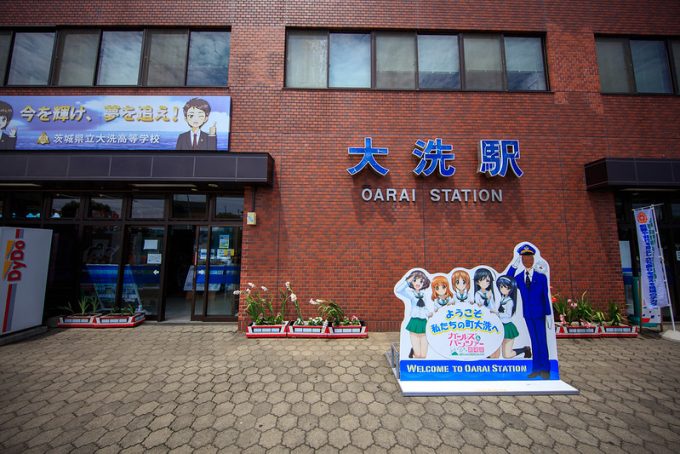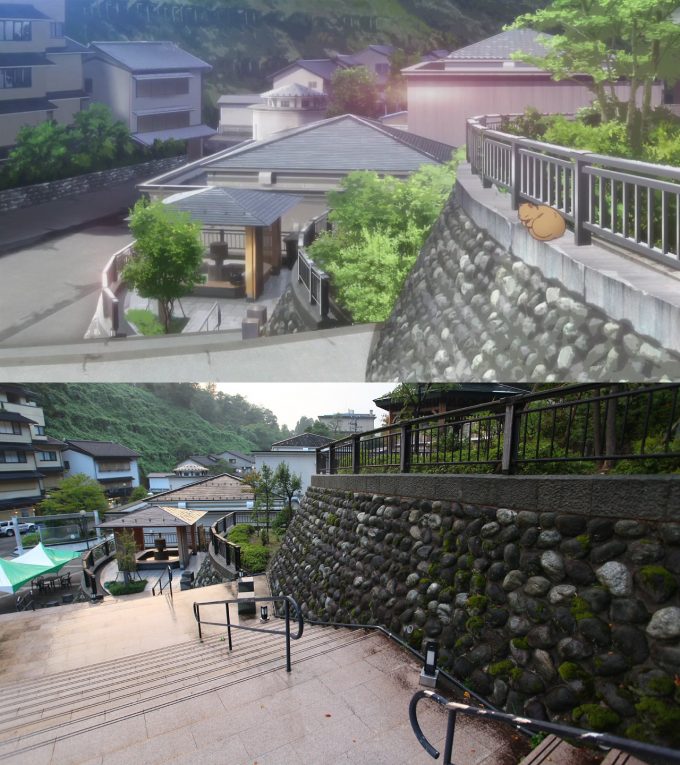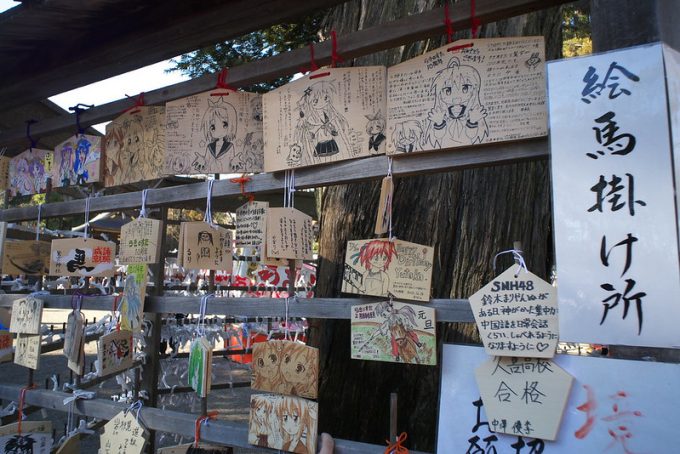Others
Uncategorized

“Anime” is one of the cultures that Japan is proud of in the world. Sometimes, the places and shops that appear in famous animes and mangas would suddenly become popular, and sightseeing in these places is called “pilgrimage” and is increasingly used as an effective measure for regional revitalization.
Is it possible for a town to revitalize using anime? In some cases, the use of anime to revitalize fails, so it is necessary to hold down the points to succeed. I will introduce in detail some actual cases.

In conventional anime, the mainstream pattern is to develop a story while setting the stage in a fictional city. However lately the trend has changed dramatically, and the number of anime that adopts existing cities and towns is increasing. More and more are using techniques that are realistic and familiar to us.
For example, the animes such as “Yowamushi Pedal” is set in Hakone Town, Kanagawa Prefecture, and “Lucky Star” is set in Kuki City, Saitama Prefecture. In the movie “Your Name.” scenes set in Hida Furukawa Station, the railroad crossing in front of Kamakura High School that appears in “Slam Dunk” is also well known among tourists overseas.
The place where an anime scene appears is called a “sacred place” by anime fans. Traveling around these sacred sites is called “sacred pilgrimage,” and has gained an increasing amount of attention from local governments as one of the new forms of tourism.

The key to successful town revitalization using anime is to make people interested in the event. For example, “taking a picture at the place where the main character visited” ends in a single shot, but events such as festivals and specialties are still viable.
If you can experience and enjoy such sustainable events, you can expect continuous customer attraction. It is essential to create an event that can be preserved as a tradition rooted in the area, rather than ending with a short-lived flash.
Until the end, it is also necessary for the local government to deepen its understanding of anime instead of planning collaborations and events unknowingly just because of its popularity. But also focus on suitability with the locals and if planing sustainable events is applicable.
Since the economic effect on anime is so great, each local government is fascinated by the idea of town revitalization using anime. Some local governments are planning to take the same route, but unfortunately, many have failed.
The most common reason for failure is the poor acceptance of visiting fans throughout the region. Many residents have a negative image of being an “otaku” because of their like for anime. The inability to establish a cooperative system with local governments is often another cause of failure.
Furthermore, planning an event with no relation to the style and situation of the anime can risk rejection by anime fans. To solely prioritize the profits so that the town can be ensured, it will be hard to identify the aim and accomplish in revitalizing the town.
During planning, it is necessary to organize the right relationship between the work and the town. Avoid using excuses for anime. With the right work selection in mind, it is easy to give a good lasting impression to fans.

To envision the town revitalization using anime, the locals must work together to welcome tourists and to organize a plan that is related to the work. From here, I will explain the cases of the local government that succeeded in keeping these points.
“Hanasaku Iroha,” an anime broadcasted in 2011, is a work that depicts the encounters and farewells that the lead character experience when she worked at a hot spring. The location scene in the anime was set in “Yuwaku Onsen” in Kanazawa City, Ishikawa Prefecture as a motif.
At Yuwaku Onsen, a collaboration campaign led by the local tourism association was organized with Hanasaku Iroha. Instead of using an event rooted in the local area, the fictional festival which occurred in the anime works was remade.
This attempt became a great hit as many fans of the work came to visit Yuwaku Onsen. Today, it is so popular that accommodation reservations fill up during the festival. As the festival continues, many fans are enthusiastic about making reservations for the following year and returning home.
In addition, outside the festival season, a campaign to create collaboration goods with anime are presented to those who stayed at the target facilities of Yuwaku Onsen. As a result, it is also characteristic that the town has been revitalized in the form of an increase in tourists in the off-season.
“Lucky Star,” which began broadcasting in 2007, is a popular anime that depicts the daily lives of high school girls. At Washinomiya Shrine in Kuki City, Saitama Prefecture. Fans began to gather immediately after the broadcast started at the location setting of the anime, and the locals welcomed this honeymoon period.
A mikoshi was made with tags by the “Lucky Star” fans and the local company. The Kuki City Chamber of Commerce and Industry created a mascot from the characters that appeared in “Lucky Star”. It’s a successful example of building relationships. Even after 13 years after the first broadcast, many fans are still visiting the site.
Not only local companies, but Kuki City has also devised ways such as installing manholes depicting characters at four locations in the city. The economic effect of “Lucky Star” on Kuki City is said to be 2.2 billion yen, which can be introduced as one of the greatest success stories.
“Girls und Panzer,” which began broadcasting in 2012, is an anime with the theme of high school girls engaging in competitions with tanks. It was set in Oarai town, Ibaraki Prefecture. With the region’s full cooperation in production, the towns, facilities, and transportation have been faithfully reproduced.
What Oarai town does to entertain fans is relatively simple, such as pop and panel installations. However, this was the element that connects the fans of the work with the locals, and some fans still continue to pilgrimage to the sanctuary regularly.
The reason why the town revitalization by “Garpan” was successful is that the locals actively accepted anime fans. By interacting with the people who stopped in front of pop and panels, many fans became familiar with Oarai Town.
To revitalize the town, Oarai Town holds briefing sessions for locals on how to interact with fans. It’s important to show how a good attitude to accept fans can help a town.
“Conclusion”
There are many anime works based on real-life locations, and the number of local governments that have succeeded in revitalizing the town by making use of this is growing. In particular, the three works “Hanasaku Iroha,” “Lucky Star,” and “Girls & Panzer” are examples that should be referred to as successful examples of different forms.
To successfully revitalize the town using anime, it is crucial to create a composition in which the locals can welcome the fans of the work. It is also important to plan sustainable events so that the location can be visited time and again.
|
|
この記事が気に入ったら
いいね!しよう
|
|
|
